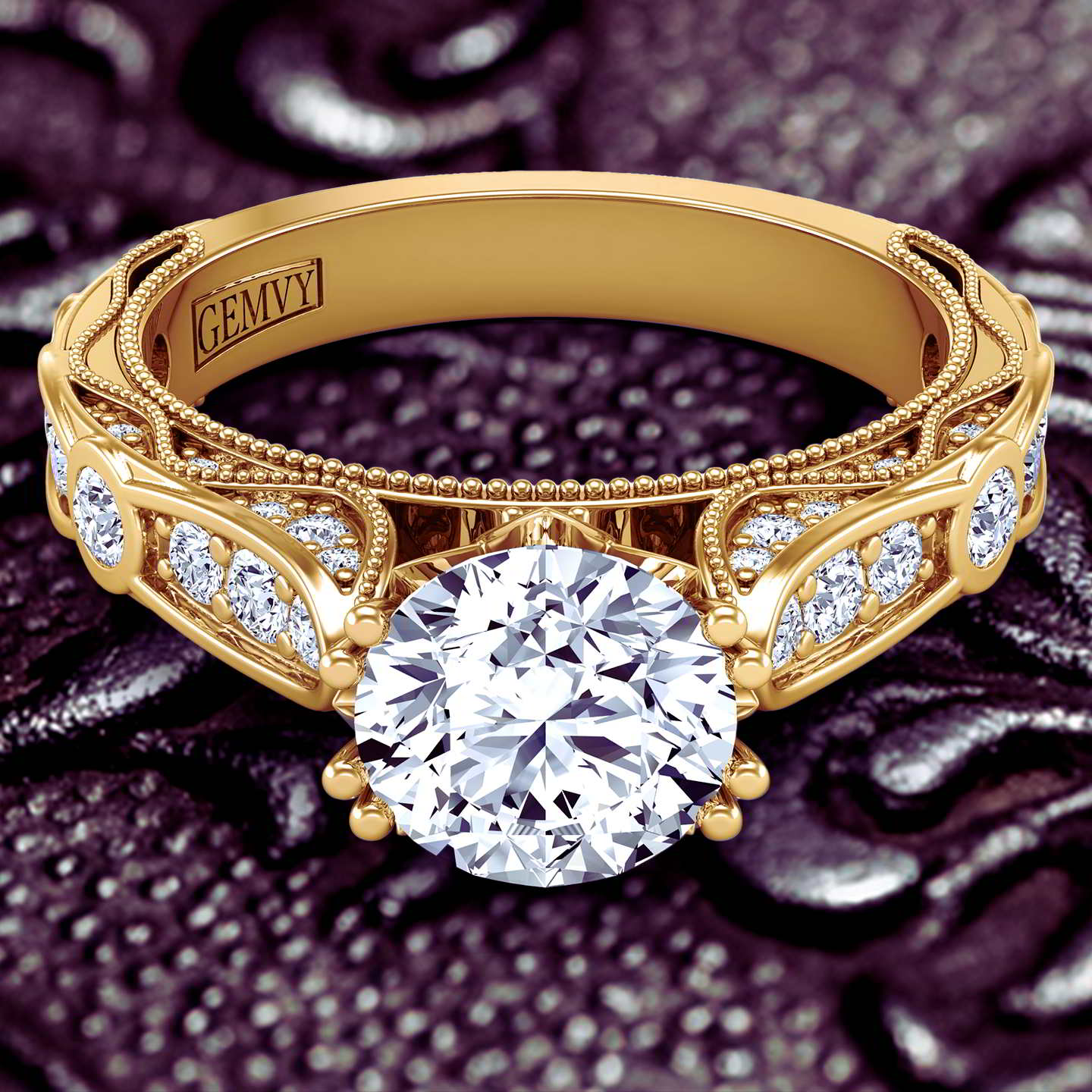
Vintage Engagement Rings: A Glossary of Terms
Introduction
It’s not difficult to understand the appeal of vintage engagement rings. This piece of jewellery is wrapped with nostalgia and romance. If you have decided to go down this nostalgic romance route, a few terms can come in handy to find the perfect vintage engagement ring.
First, what is vintage? “Vintage” refers to anything old as more than 20 years. “Antique”, on the other hand, can be older than 100 years. Once you start the search for the perfect vintage engagement ring, you will also come across the term “vintage-inspired”. A vintage-inspired ring means a modern engagement ring styled in a vintage fashion. Your preference or taste will determine which of these styles you go for.
This guide will help expound other important terminology and information about vintage engagement rings. It’s always best to be aware of these terms to have a smooth and enjoyable shopping experience, especially considering the importance of this purchase.
Vintage Eras
On your journey to find the perfect engagement ring, you must be aware of some prominent eras from which vintage jewellery draws inspiration.
Georgian Era (1700-1830)
Unique shapes characterise the engagement rings produced during the reign of King George IV. Imaginative cuts were made by hand, making them a spectacular vision. Engagement rings from the era can be categorised as “Antique” because of their age. Clear stones were often set in silver and coloured in gold. Coloured foils were added to clear stones to improve reflectivity, whereas opaque stones often had open backs.
Victorian Era (1830-1901)
Victorian Engagement Rings are known for their bold yellow gold and intricate metalwork. Victorian engagement ring settings were always one-of-a-kind, each one made by hand.
You will find that although diamonds were used in engagement rings from this era, brightly coloured stones were also very popular. Turquoise, Rubies and even blue enamel feature predominantly. Pearls were also used however they were natural and small, as the process of perliculture had not been perfected back then.
The favoured cuts of this era were old mine cuts, step cuts, and rose cuts since the brilliant round cut was not invented yet. Although large diamonds were uncommon, people gravitated towards wearing diamond solitaires.
You might also see some popular Victorian-era motifs in a Victorian vintage engagement ring and other jewellery pieces. Hearts, birds, flowers and snakes are popularly featured in Victorian engagement rings. Vintage engagement rings can be challenging to find; however,vintage-inspired modern engagement rings can produce the same effect using elements and designs inspired by a particular era. Gemvy’s Pavé Set Victorian Style Halo Engagement Ring is a stunning example of a Victorian-inspired vintage engagement ring.
Edwardian Era (1900-1920)
If you like intricate romantic lacy patterns, the Edwardian-erajewellery might be just for you. The 20th century brought about incredible innovation in jewellery design. Edwardian engagement rings featured delicate and fine details with metal work. Decorative detailing like filigree and milgrain added an edge to the designs of this era.
Although Old European cuts were still used, round-cut diamonds with precise faceting became popular due to the immense innovation. Platinum and white gold started becoming the metal of choice, which you can still see today in modern engagement rings.
Edwardian engagement rings also leaned towards nature-inspired motifs; flowers and other botanical images were featured heavily using intricate metalwork. These elements can be seen in Gemvy’s Edwardian Inspired Solitaire Vine Pattern Unique 4-Prong 2.6MM Engagement Ring.
Art Deco Era (1920-1940)
The era of flappers and glamour, Art Deco, had some stunning and bold designs that are sought after even today. Art Deco engagement rings were all about bold symmetry and geometrical patterns.
The innovation during this era was astounding and resulted in clean, sharp faceted cuts, like the Emerald and Asscher cuts. Coloured gemstones, like sapphires, rubies and emeralds, gained popularity.Celebrities like Blake Lively have engagement rings inspired by this glamorous era. The popularity of this era can be seen through Gemvy’s extensive collection of Art Deco-style engagement rings, one of which is this Intricate Art Deco Inspired Vintage Diamond Engagement Ring Heirloom.
Retro Era (1940-1960)
Solitaires became the fashion of the Retro Era. Before this era, very few engagement rings featured diamonds. However, DeBeers’ diamond marketing campaigns made diamonds synonymous with engagement rings.Due to WW2, platinum could not be used for non-military purposes, so gold and rose gold became the choice of metal.
Now that you have been introduced to the eras vintage engagement ring designs belong to, it’s essential to delve into other terminology that deals with vintage engagement ring characteristics and design elements.
Vintage Engagement Ring Terminology
1. Miligrain or Milgrain
Milgrain or miligrain is a jewellery design techniquethat uses tiny metal beads to create borders. This technique is particularly predominant in Art Deco-inspired vintage engagement rings. Gemvy’s Art Deco Style Halo Diamond Engagement ring features a milgrain technique enhancing the feminine beauty of the piece.
2. Filigree
Filigree is an ornate design technique that involves manipulating thin metal bands to create intricate patterns and designs. This technique came into popular use during the Edwardian period. Gemvy’s Filigree Vintage Style Cathedral Engagement Ring showcases the ornate filigree element in Edwardian-inspired jewellery.
3. Open Work
Open work refers to a filigree technique withspaces between the filigree. This technique was used extensively in the vintage eras.
4. Scroll Work
Scrollwork in engagement rings is an intricate design element which involves engraving or attaching elements to the surface to create a pattern.
5. Halo
Halo refers to small accent stones that encircle an engagement ring's larger centre stone. This setting can be the same shape as the center stone, or they can be different, as seen in Gemvy’s Unique Channel-Pavé Set Cushion Halo Ring, which has a cushion-cut halo surrounding a brilliant round diamond.
Different types of halos have been in fashion since the Victorian era, such as the floral halo.
• Floral Halo: As you can infer from the name, a floral halo is a nature-inspired stunning motif which was quite popular in the vintage eras. This romantic halo can be seen in Gemvy’s vintage-style Victorian Flower Halo Diamond Engagement Ring.
• Vintage Halo: Halos are common in vintage engagement rings and used in modern and modern vintage jewellery. Not only can they make your diamond appear larger on a budget, but they also create a stunning sparkle. Vintage engagement ring halos range from geometrical shapes to nature-inspired floral halos, but they all have an antique touch.
• Unique Halos: Unique halos have always been part of vintage jewellery, especially during the Art Deco era, which featured out-of-the-ordinary geometrical shapes, like marquise-shaped cluster halos.
6. Precious Gemstones
As mentioned, vintage-style jewellery featured gemstones as the center or accent stones. Precious Stones are characterised by their quality, rarity and beauty of their colours. The four popular precious stones include diamonds, sapphires, rubies and emeralds.
7. Semi-Precious Gemstones
Semi-precious gemstones do not mean that they are any less beautiful than precious stones. These stones might be more abundant and might not be as costly. However, they are stunning and can add an element of uniqueness to your engagement ring. Some semi-precious stones include; pearls, amethyst, topaz, tourmaline, and aquamarine.
8. Yellow Gold
The timeless yellow colour of gold is as alluring today as it was in the vintage eras. It is unmistakably luxurious and classic. What you must be aware of is that yellow gold, although it can be found pure, is not used as such in jewellery. As pure gold is very soft and malleable, engagement rings combine an alloy with it.
9. Rose Gold
This dreamy colour metal evokes feelings of vintage nostalgia. The pink shade is also sometimes called “Russian Gold”, as it was invented in Russia during the opulent era of the Tsar. Rose gold gets its unique colour from adding copper to the alloy mix. It is a highly sought-after metal in vintage style jewellery as it embodies all that is glamourous of the Old World.
10. White Gold
This contemporary metal colour uses pure gold with alloy components, including platinum, silver, and palladium. It is additionally coated with rhodium to give it a beautiful white lustre.
11. Mine-Cut
You will find this cut in many antique rings and was prevalent in the 1800s until the early 1900s. Its most noticeable characteristics include a tiny table and bulky uneven shape. These were hand cut and are very rare to find these days.
12. Full Cut
Full-cut diamonds are round diamonds with 58 facets. The refraction of light is excellent in full-cut diamonds owing to these facets. A full cut is also referred to as a brilliant round cut.
13. Brilliant Round Cut
Please refer to “12. Full Cut”
14. Cluster Ring
A cluster ring features stones grouped together, sometimes with a larger stone in the center and smaller stones surrounding it. The cluster can appear to be one large diamond from a distance as they shine in the light. Cluster rings date back to the Georgian Era.
15. Estate Rings
Estate rings are rings that have been previously owned regardless of their age. However, it’s rare that a piece is sold immediately after it’s been acquired, so it has the capacity to age.
We hope that this glossary of terms for Vintage Engagement Rings, comes in handy on your journey. If you need more help, you can find help and information from the incredible team at Gemvy.

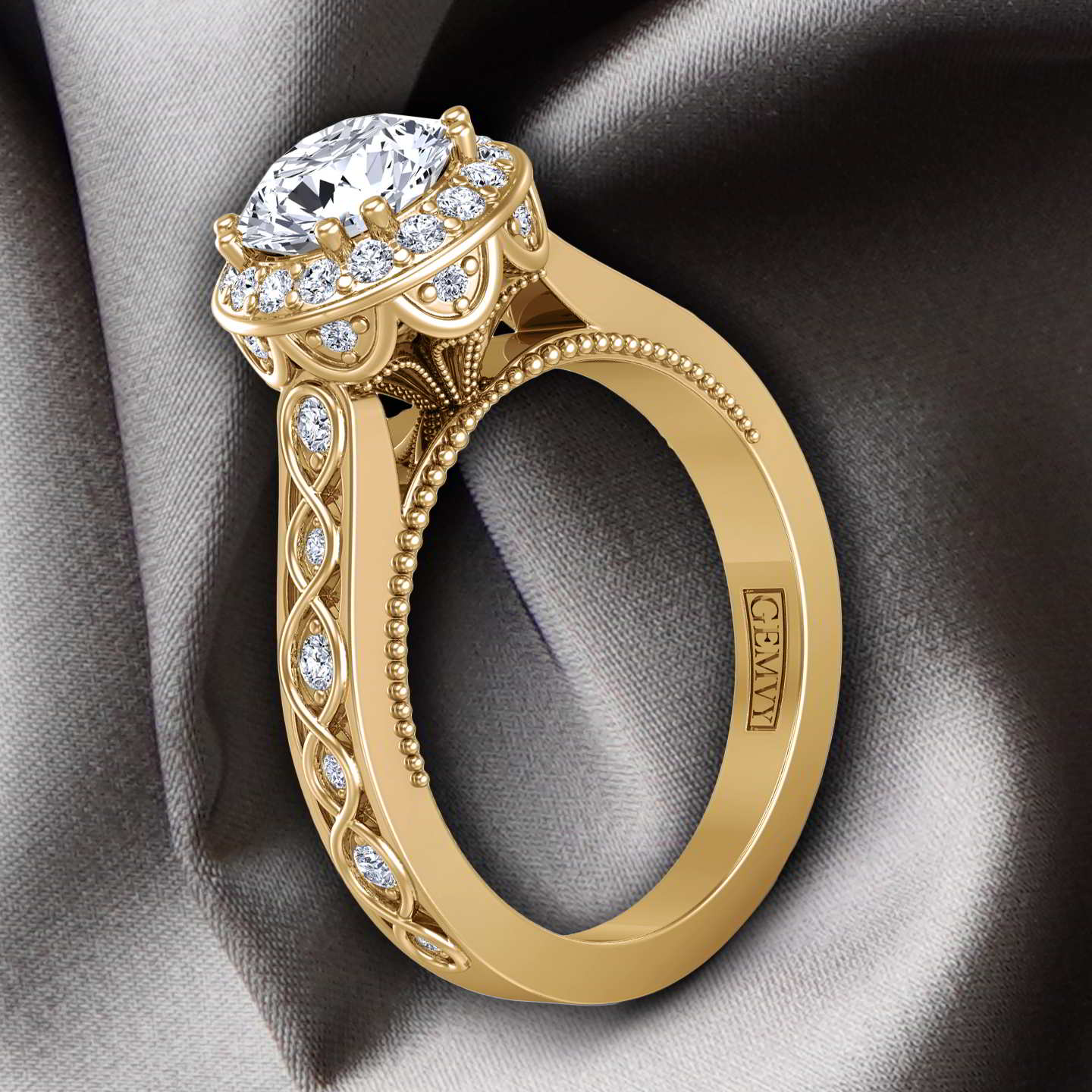
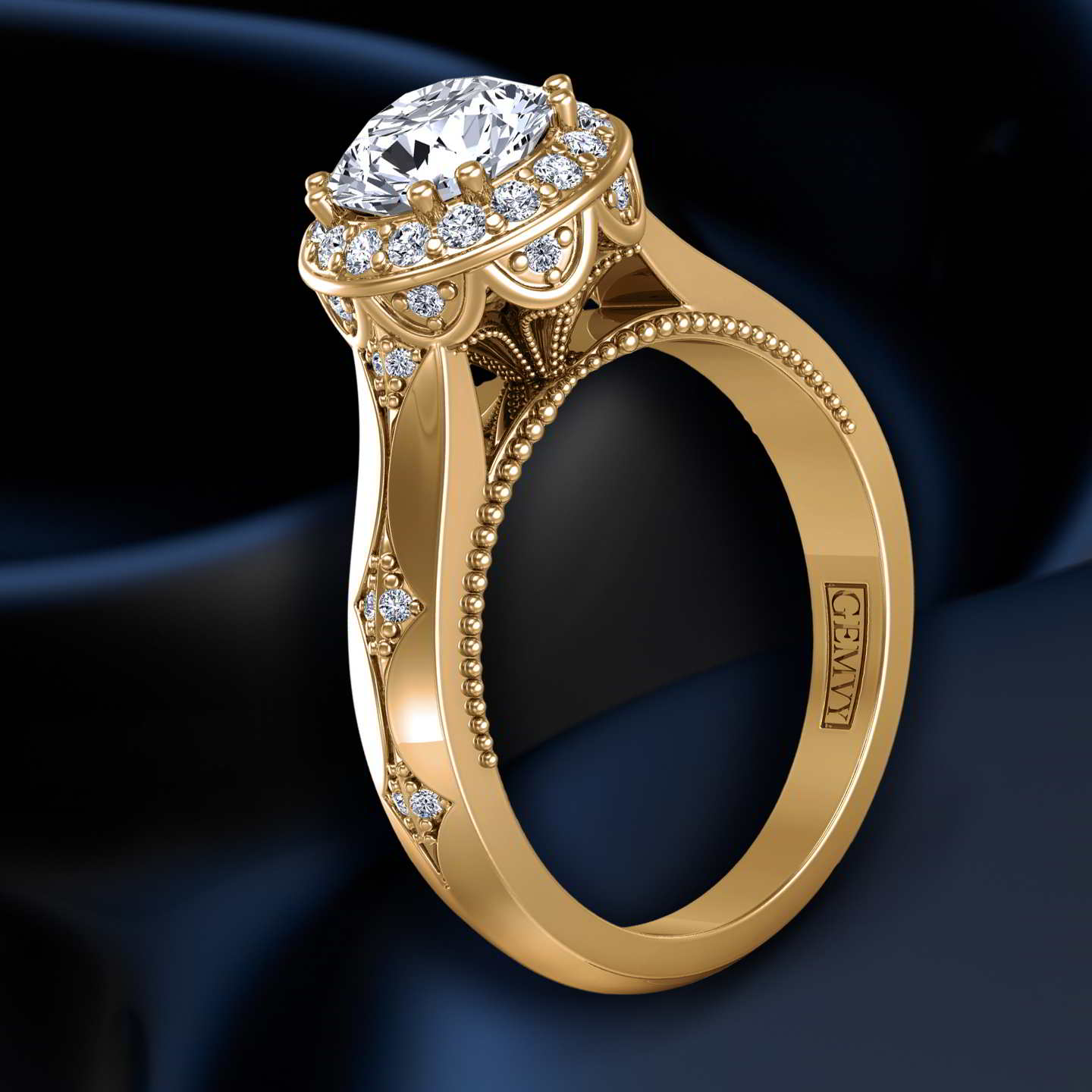
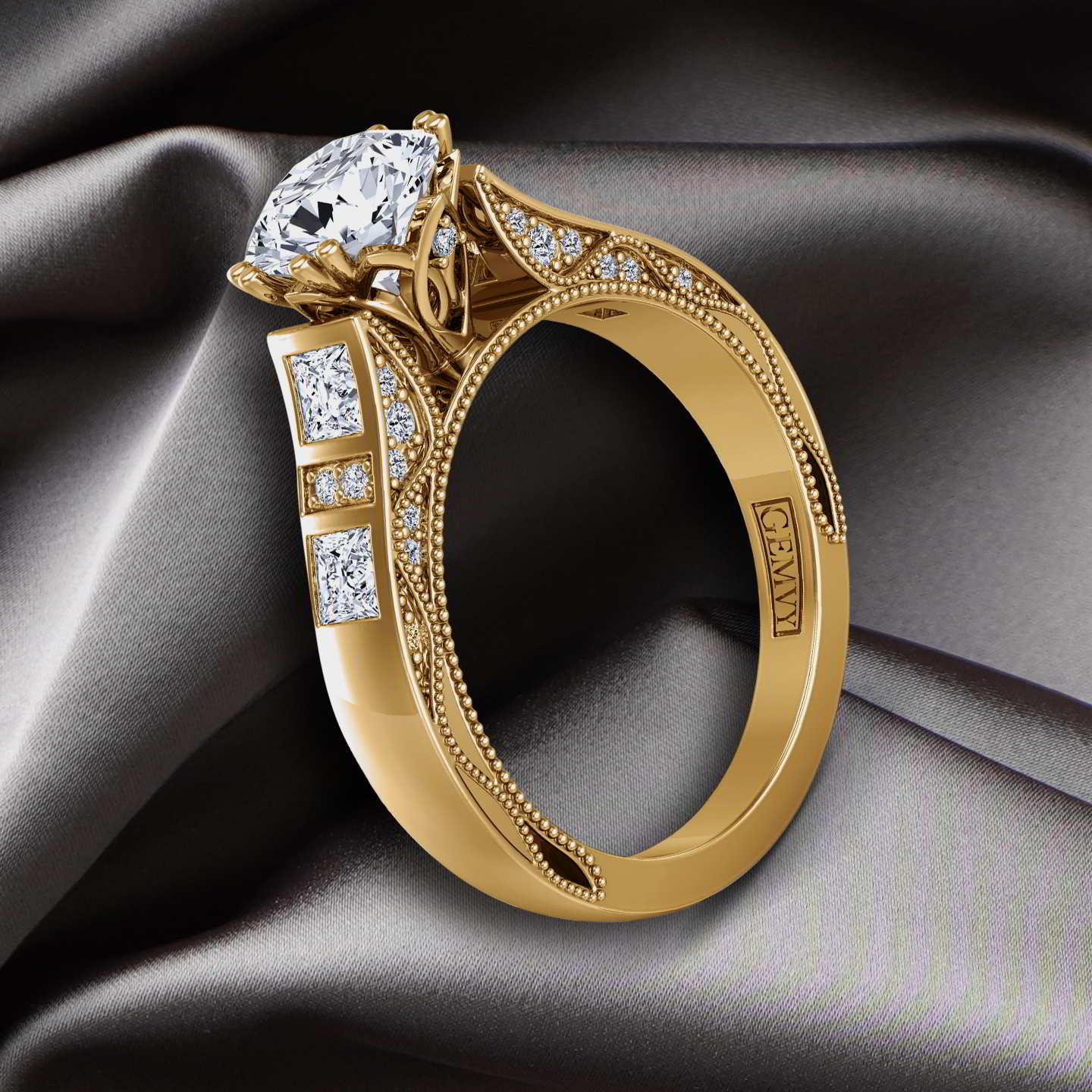
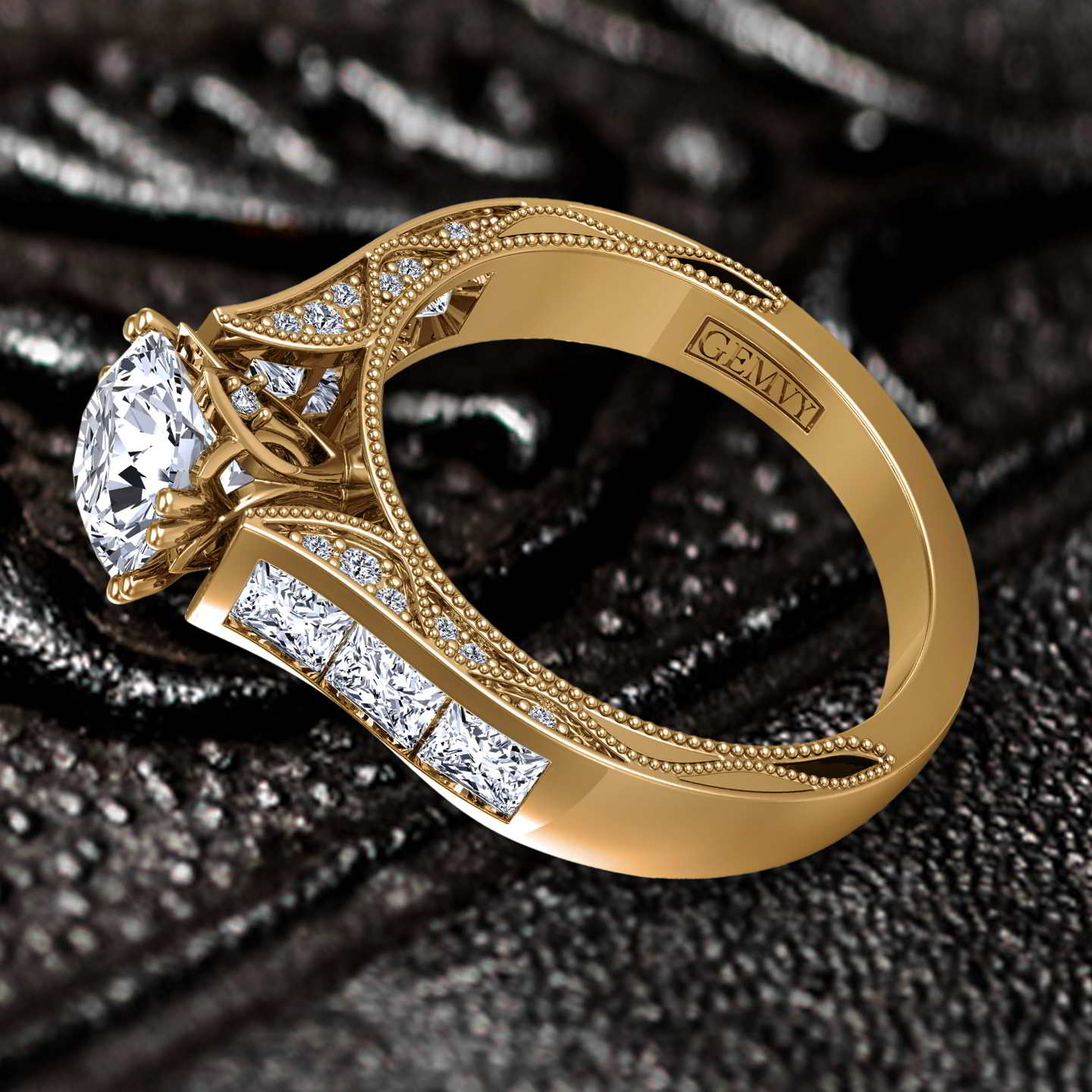
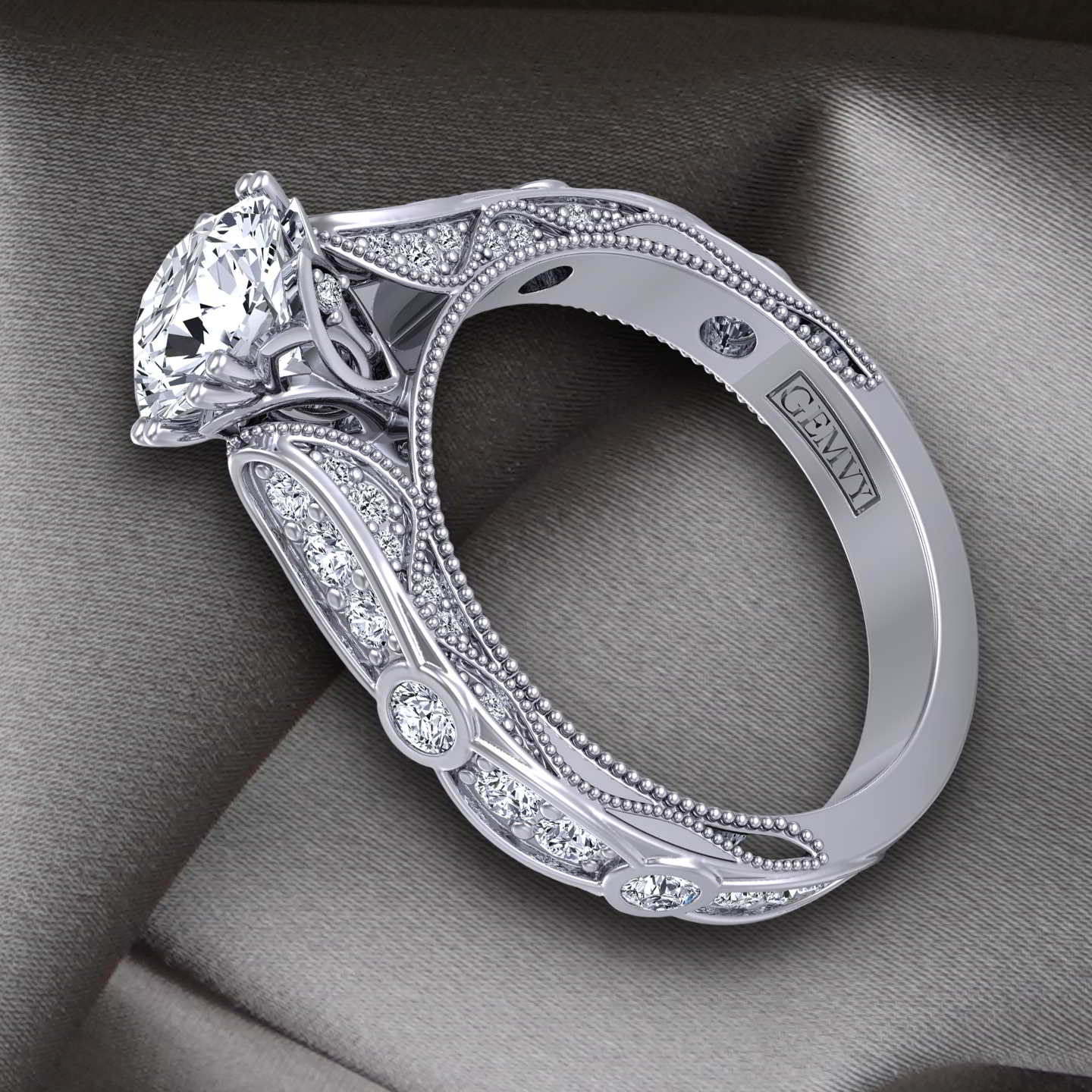
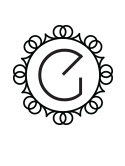





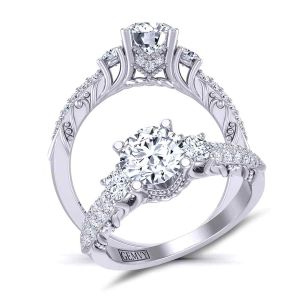
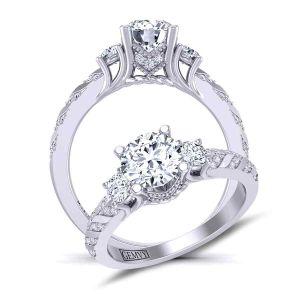
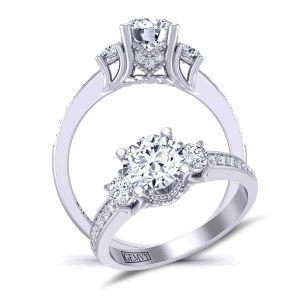


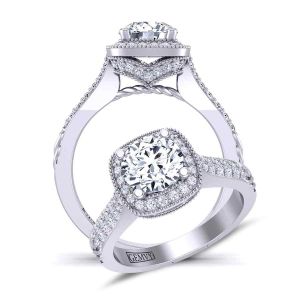


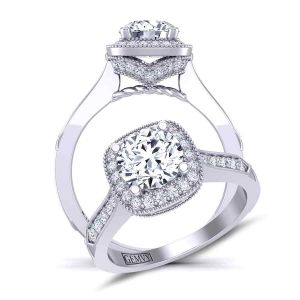
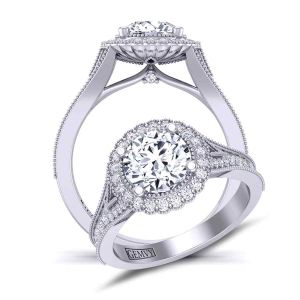
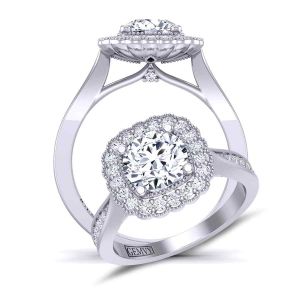
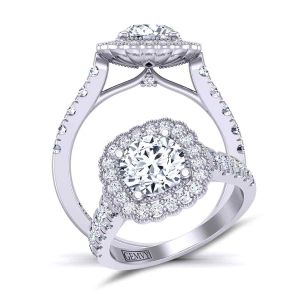

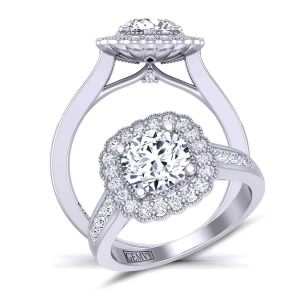

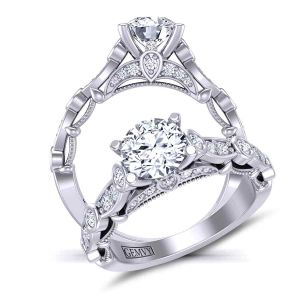
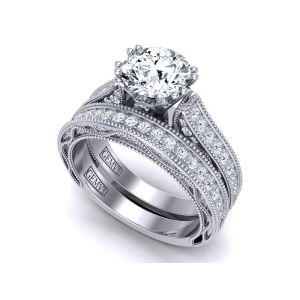

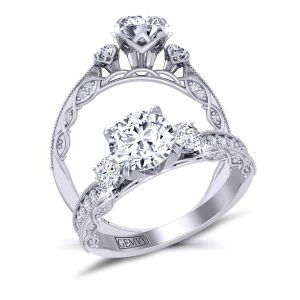
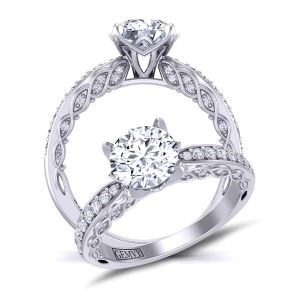
Leave a Reply